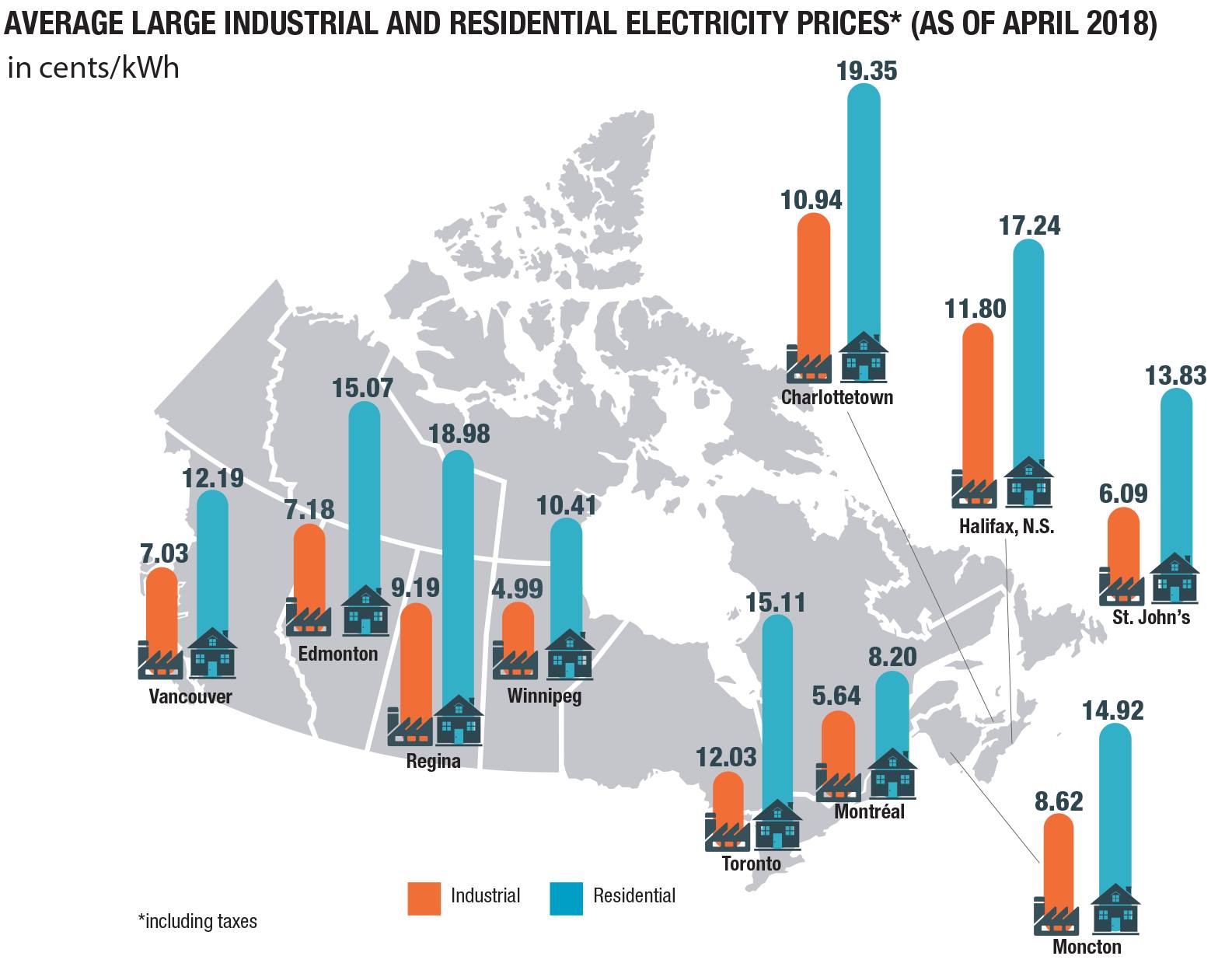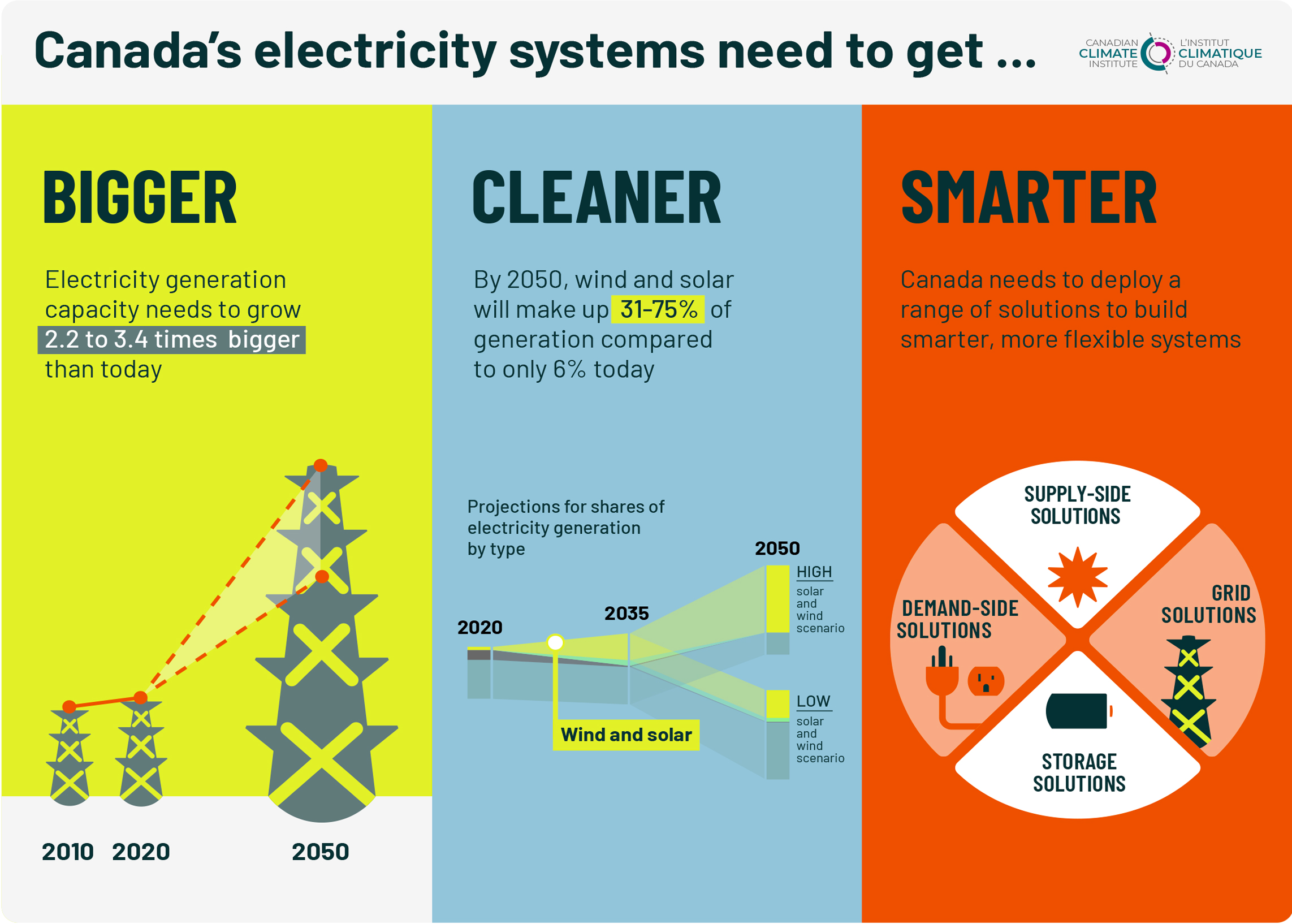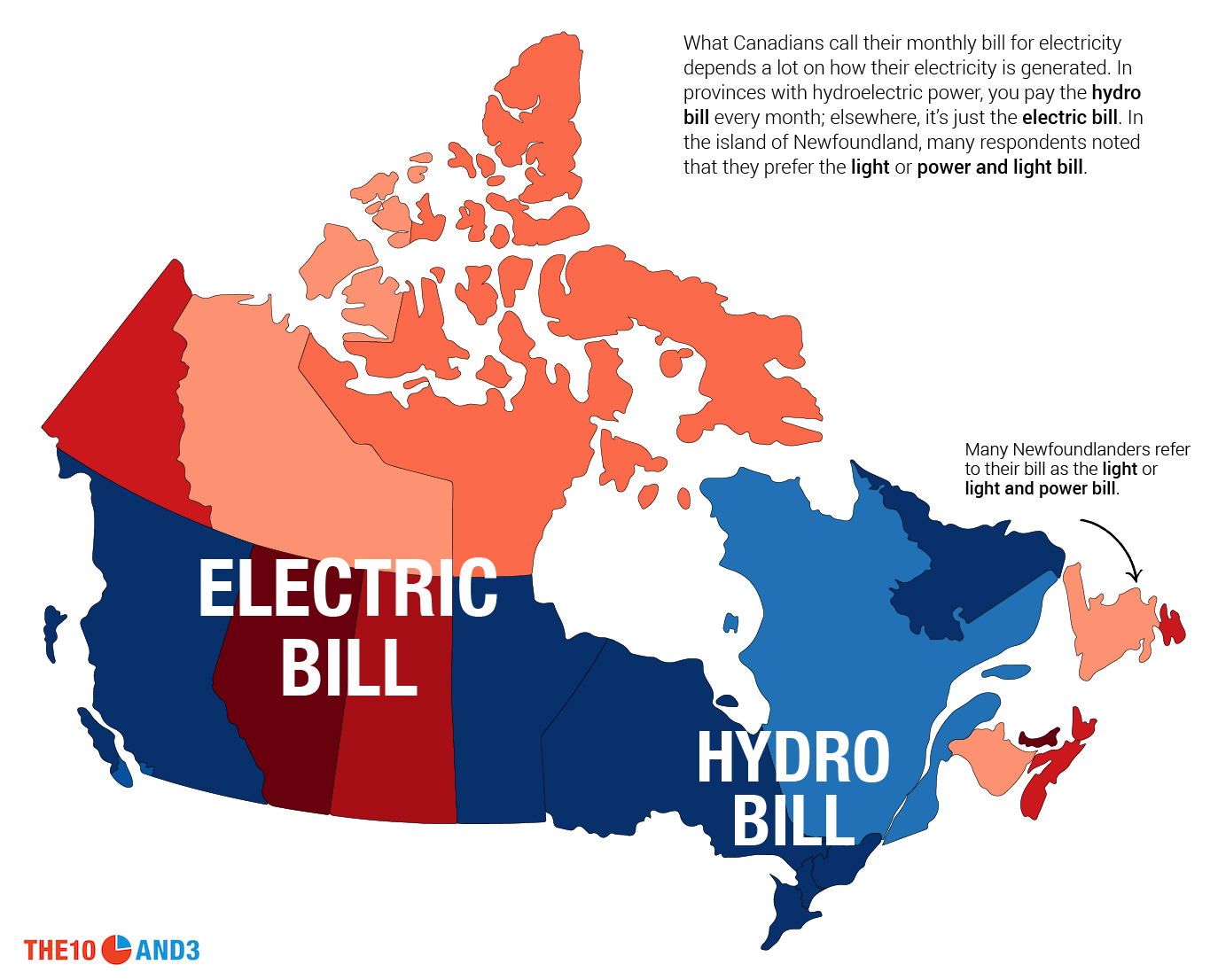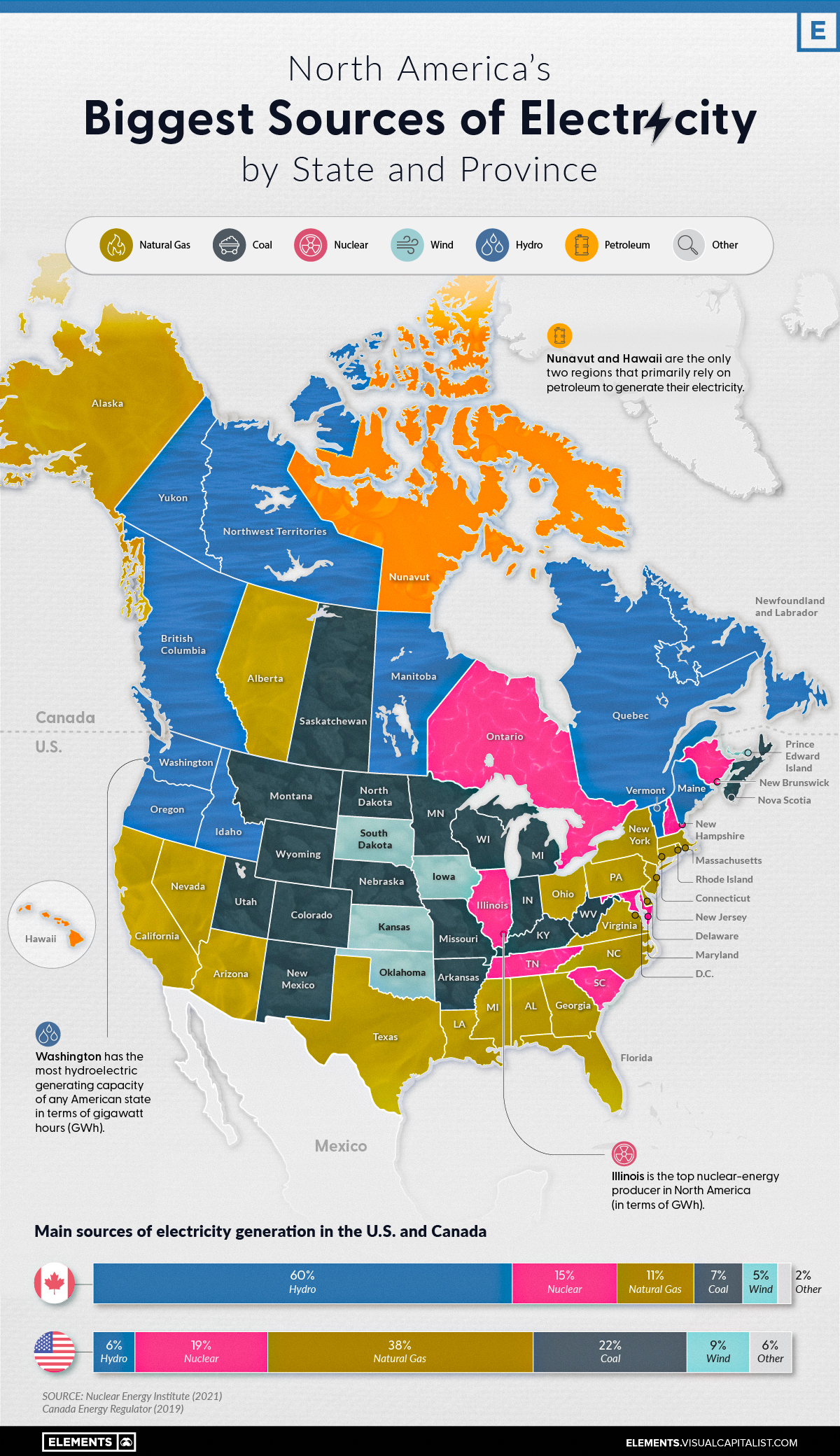Canada's Electricity Flow: What You Need To Know Amid US Power Surcharge Threat
As the world grapples with the complexities of energy production and consumption, Canada finds itself at the forefront of addressing the impending threat of a US power surcharge. The potential for a significant impact on the Canadian economy and daily life has sparked a wave of concern among citizens, businesses, and policymakers. In this article, we will delve into the intricacies of Canada's electricity flow, exploring the factors that contribute to the country's reliance on US power and the implications of a US power surcharge.
Canada's Electricity Flow: A Complex Web of Interdependence
Canada's electricity flow is a delicate balance of domestic production and international imports. The country's abundant natural resources, including hydroelectric power, natural gas, and wind energy, form the backbone of its electricity infrastructure. However, the majority of Canada's electricity demand is met by US-based power generators, primarily due to the proximity of the two countries and the establishment of the North American Electric Reliability Corporation (NERC).
NERC, a non-profit organization, oversees the reliability of the US power grid, which includes Canada's electrical system. The North American Electric Interconnection System (NAES) allows for the free flow of electricity between the US and Canada, fostering economic cooperation and energy security.
Key Factors Contributing to Canada's Reliance on US Power
Several factors have led to Canada's reliance on US power:
• Geographical proximity: Canada's proximity to the US has enabled the creation of a reliable and efficient power grid, facilitating the exchange of electricity between the two countries.
• Energy policies: Canada's energy policies have historically focused on promoting economic growth and reducing carbon emissions, rather than prioritizing domestic energy production.
• Infrastructure investments: Canada has invested heavily in its electrical infrastructure, but much of this investment has focused on modernizing existing power plants and transmission lines, rather than promoting renewable energy sources.
• Market dynamics: Canada's electricity market is subject to market forces, which can lead to fluctuations in energy prices and demand.
Implications of a US Power Surcharge
A US power surcharge, which would increase the cost of electricity imported from the US, would have far-reaching implications for Canada's economy and daily life:
• Economic impact: A US power surcharge would increase the cost of electricity for Canadian businesses, households, and industries, potentially leading to economic disruption and job losses.
• Energy security: Relying heavily on US power imports makes Canada vulnerable to disruptions in the US power grid, such as those caused by severe weather events or grid malfunctions.
• Environmental concerns: The increased cost of electricity could lead to a reduction in renewable energy adoption, exacerbating Canada's climate change goals and contributing to air pollution.
Mitigating the Risks: Strategies for Canada's Electricity Flow
To address the potential risks associated with a US power surcharge, Canada can implement several strategies:
Diversifying Energy Sources
- Increasing domestic renewable energy production
- Investing in energy storage and grid modernization
- Promoting energy efficiency and demand response programs
Promoting North American Energy Cooperation
- Strengthening the NAES and NERC's role in ensuring reliable energy trade
- Enhancing cooperation on energy security, climate change, and market stability
- Exploring opportunities for joint energy infrastructure development
Enhancing Energy Efficiency and Demand Response
- Implementing energy-efficient technologies and practices
- Encouraging demand response programs and load management
- Developing smart grid infrastructure to optimize energy distribution
Reviewing and Updating Energy Policies
- Evaluating the effectiveness of current energy policies and regulations
- Updating policies to promote renewable energy adoption and energy efficiency
- Encouraging a more balanced approach to energy production and consumption
In conclusion, Canada's electricity flow is intricately tied to the US power grid, and the potential for a US power surcharge poses significant risks to the country's economy and daily life. By diversifying energy sources, promoting North American energy cooperation, enhancing energy efficiency and demand response, and reviewing and updating energy policies, Canada can mitigate these risks and ensure a secure and sustainable energy future.
Madison Beer Parents
Lance Barber Weight Loss
Rick Harrison Net Worth
Article Recommendations
- Linda Kozlowski
- Rebecca Pritchard Net Worth
- Local Google Ranking Check
- Gina Wapd
- Rosemary Margaret Hobor
- What Happened To Jessica Tarlov
- Joey Galloway
- Redgifs
- Holly Rowe Married
- Salena Zito Husband



